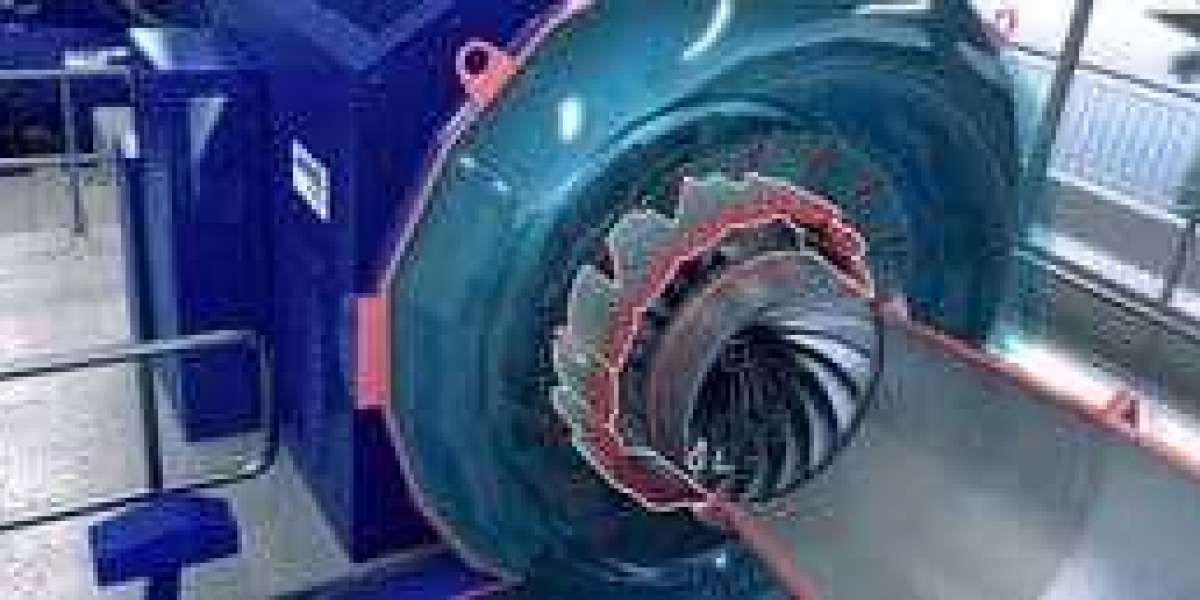The HVAC industry has been undergoing a transformation with the advent of new technologies that are revolutionizing the way we cool our buildings. As energy efficiency and sustainability become top priorities, it is crucial to explore these innovative solutions that not only provide optimal cooling but also help reduce energy consumption and environmental impact. In this blog post, we will dive into some of the cutting-edge technologies that are shaping the future of HVAC systems, paving the way for energy-efficient cooling.

- Variable Refrigerant Flow (VRF) Systems:
Variable Refrigerant Flow (VRF) systems have gained significant popularity in recent years due to their exceptional energy efficiency and flexibility. These systems use advanced inverter-driven compressors that adjust the refrigerant flow based on the cooling demands of different zones. By delivering precise amounts of cooling exactly where it is needed, VRF systems minimize energy wastage and provide superior comfort. Additionally, the ability to simultaneously heat and cool different areas within a building further enhances their efficiency.
- Smart Thermostats and Controls:
Smart thermostats and controls have become game-changers in the HVAC industry. These innovative devices use advanced algorithms, machine learning, and connectivity features to optimize temperature settings based on occupancy, outdoor conditions, and user preferences. By intelligently managing cooling cycles and adjusting setpoints, smart thermostats and controls ensure efficient energy usage while maintaining a comfortable indoor environment. They also offer remote access and data analytics capabilities, allowing users to monitor and fine-tune their HVAC systems for maximum efficiency.
- Energy Recovery Ventilation (ERV) Systems:
Energy Recovery Ventilation (ERV) systems focus on improving indoor air quality while minimizing energy loss. These systems use heat exchangers to recover the energy from exhaust air and transfer it to the incoming fresh air. By exchanging heat and humidity, ERV systems reduce the load on cooling equipment and enhance energy efficiency. They also help maintain balanced ventilation, ensuring a constant supply of fresh air while preventing energy waste associated with excessive air exchange.
- Advanced Sensors and Controls:
The integration of advanced sensors and controls in HVAC systems enables precise monitoring and adjustment of various parameters. Occupancy sensors, for example, can detect human presence and adjust cooling settings accordingly, reducing energy consumption in unoccupied areas. Additionally, humidity sensors and air quality monitors ensure optimal indoor conditions by adjusting ventilation rates and cooling strategies based on real-time data. These smart technologies enhance energy efficiency while ensuring a healthy and comfortable environment.









